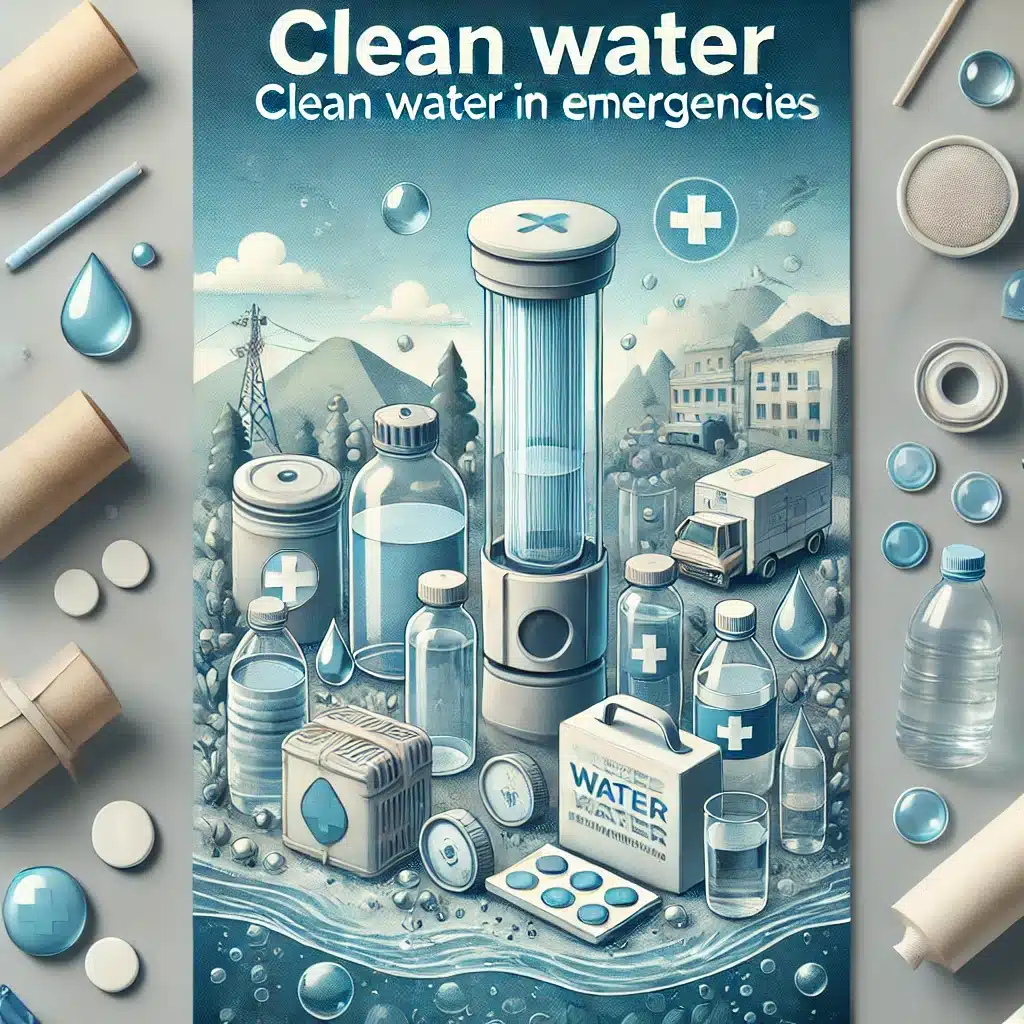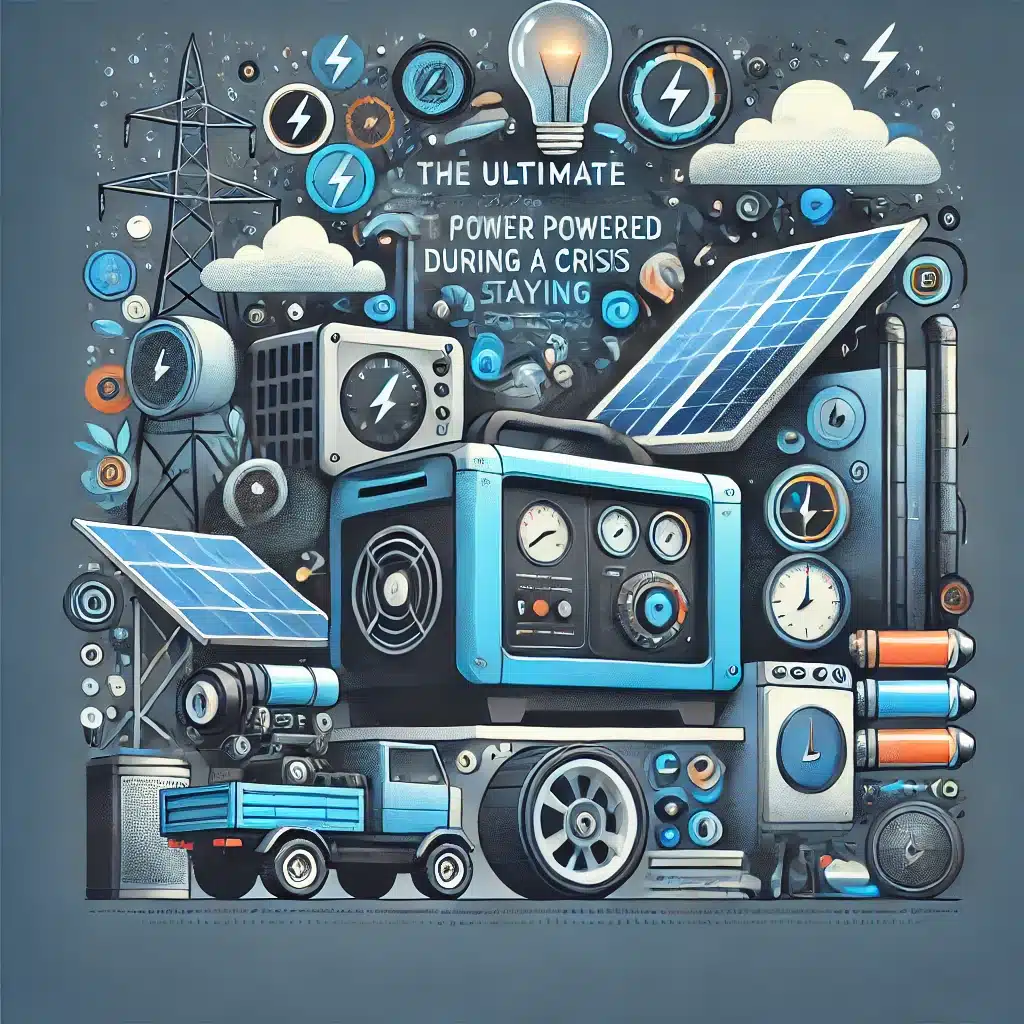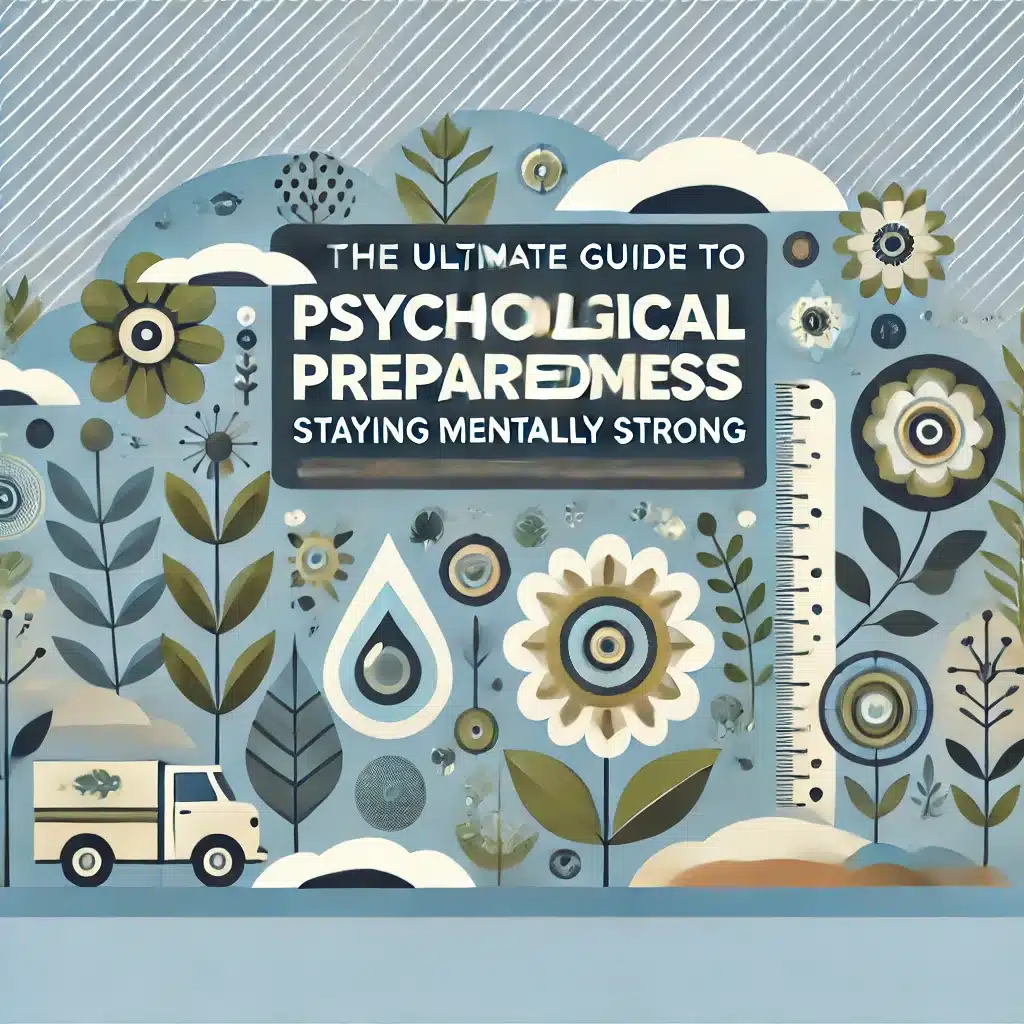The Ultimate Guide to Urban Survival: Navigating the Concrete Jungle

Introduction to Urban Survival
Urban environments present unique challenges when it comes to survival. Whether you’re dealing with a natural disaster, civil unrest, or any other emergency, being prepared can make all the difference. This guide will provide you with essential strategies and tools to navigate the complexities of urban survival, ensuring you and your loved ones stay safe in the concrete jungle.
Understanding Urban Risks
Urban areas are densely populated and heavily reliant on infrastructure. Here are some key risks you should be aware of:
1. Infrastructure Failure
Power outages, water supply disruptions, and transportation breakdowns can quickly turn a city into a difficult place to survive. Understanding the vulnerabilities of urban infrastructure is crucial for preparing effectively.
2. Civil Unrest
Urban areas can be hotspots for civil unrest. Protests, riots, and other forms of civil disturbance can disrupt normal life and pose significant risks to safety. Staying informed and having an exit plan is essential.
3. Limited Resources
In a crisis, urban areas can quickly run out of essential resources like food, water, and medical supplies. Knowing where to find and how to store these resources can be a lifesaver.
Preparing for Urban Survival
Preparation is the key to surviving in an urban environment. Here are some steps you can take:
1. Build an Emergency Kit
Assemble a comprehensive emergency kit that includes food, water, medical supplies, and tools. Ensure it’s portable enough to take with you if you need to evacuate quickly.
2. Identify Safe Locations
Identify safe locations within the city where you can take shelter if necessary. This could include friends’ houses, public buildings, or emergency shelters.
3. Stay Informed
Keep informed about potential threats by following local news, weather alerts, and social media. Having access to real-time information can help you make quick decisions.
Navigating the City During a Crisis
Navigating the city during a crisis requires careful planning and awareness. Here’s how to navigate safely:1. Avoid Crowded Areas
In times of crisis, crowded areas can become dangerous. Avoid places where large groups may gather, such as malls, stadiums, or public squares, as these can be targets for violence or other risks.
2. Use Alternative Routes
Familiarize yourself with alternative routes to key locations, such as your home, workplace, or safe locations. Major roads may become congested or blocked, so knowing back roads and less traveled paths can be crucial.
3. Blend In
During a crisis, it’s often safer to blend in rather than stand out. Dress inconspicuously, avoid flashy clothing or gear, and try not to draw attention to yourself.
Staying Safe in Your Home
Home can be a sanctuary during urban crises, but it’s important to make sure it’s secure:
1. Secure Entry Points
Ensure all doors and windows are secure. Consider installing security systems, reinforced doors, and window locks to deter intruders.
2. Stockpile Essentials
Keep a stockpile of food, water, and medical supplies that can sustain you for at least a few weeks. Focus on non-perishable items and rotate your stock to keep it fresh.
3. Establish Communication
Have a reliable means of communication in case of power outages or cellular network failures. This could include walkie-talkies, satellite phones, or a ham radio.
Urban Survival Skills to Master
Mastering certain skills can greatly improve your chances of surviving in an urban environment:
1. First Aid
Basic first aid skills can be lifesaving in an emergency. Learn how to treat wounds, perform CPR, and manage other medical situations until help arrives.
2. Navigation Without GPS
Learn how to navigate the city without relying on GPS. This includes reading maps, using a compass, and recognizing landmarks.
3. Situational Awareness
Always be aware of your surroundings. Pay attention to what’s happening around you, and trust your instincts if something feels off.
Recommended Urban Survival Gear

Urban Survival Kit
Everything you need to survive in the city during a crisis, all in one convenient package.

Tactical Backpack
A durable and spacious backpack designed to carry all your essential gear.

Multi-Tool
A versatile multi-tool with everything you need for quick fixes and emergency repairs.
Jake’s Story: Chapter 20 – The Concrete Jungle
Chapter 20: The Concrete Jungle
As Jake moved through the city streets, he realized just how different urban survival was from the rural life he was used to. The tall buildings, the crowded sidewalks, and the constant noise all presented new challenges. But Jake was prepared. With his tactical backpack securely on his shoulders and a map of alternative routes in his pocket, he navigated the concrete jungle with confidence, always staying aware of his surroundings and ready for whatever came his way.
Chapter 21: A Safe Haven
After days of navigating the urban landscape, Jake finally reached a safe haven—a quiet neighborhood far from the chaos. Here, he could rest, regroup, and plan his next steps. The city had tested his limits, but Jake knew that his preparation had paid off. He had survived the concrete jungle, and now, he was ready for whatever challenges lay ahead.


























































